Legendary Monsters That Could Have Been Real
Throughout history, humanity has been captivated by monsters, tales of ferocious beasts, and mythical monsters. While these stories seem like fiction, some researchers have discovered that there may have been something to them.
Find out what these monsters were and where they might have come from, and decide if these myths are exaggerated tales bent out of shape with time – or if they hold some long-forgotten truths.
Were Hydra Myths Inspired By Real Multi-Headed Serpents?
In Greek mythology, Heracles battled the ferocious Lernaean Hydra, a serpent with multiple heads that regrew every time they were severed. While this may seem fantastical, the inspiration for this mythological creature may have been grounded in reality.
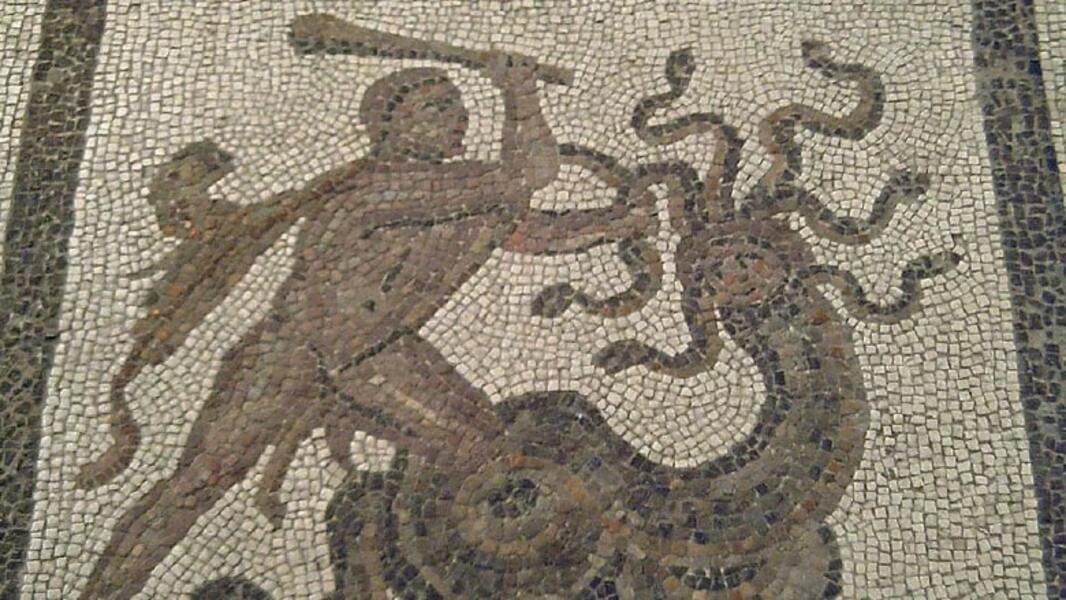
Source: Wikimedia Commons
Polycephalic snakes, which have two or three heads, are a rare but real phenomenon in the animal kingdom. A sighting of these unusual creatures could have spawned the legend of the hydra, which eventually evolved into a monstrous beast with an army of heads that even Heracles struggled to defeat.
Were Sirens Regular Sea Creatures in Disguise?
Throughout history and mythology, countless tales of aquatic part-human, part-fish creatures have existed. Mermaids are typically portrayed as alluring women with fishtails instead of legs. But their less-friendly cousins are a different story.
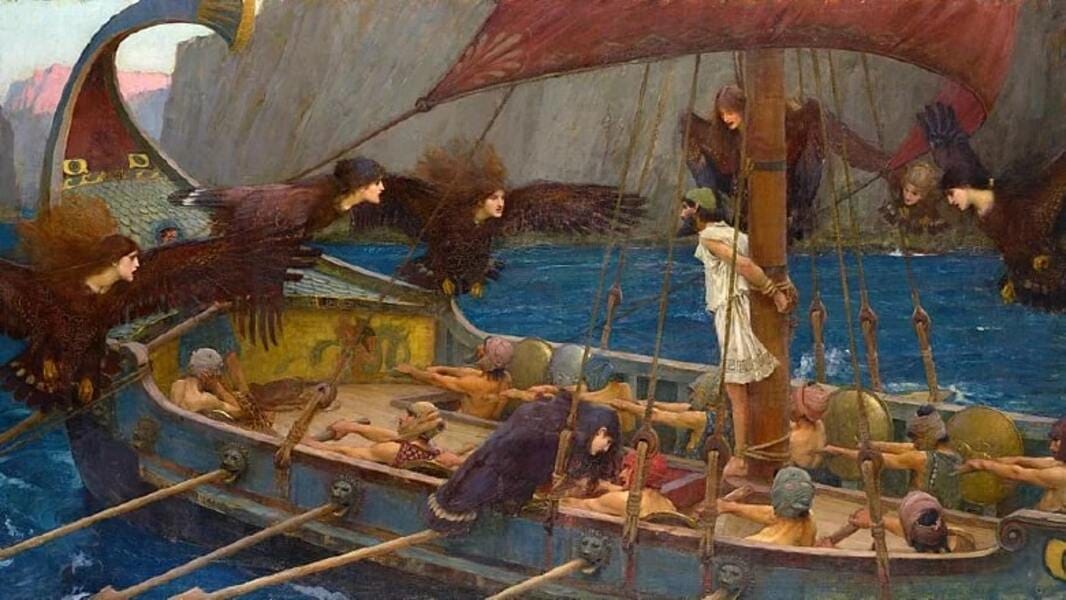
Source: Wikipedia
Sirens, as depicted in Homer’s The Odyssey, are bird-like creatures with wings and beaks in addition to their fish and human traits. Their deadly, captivating songs are said to lure sailors to their doom. Modern researchers believe these legends were likely inspired by sightings of manatees or dugongs, which can resemble humans from a distance.
Were Vampires Based On Poorly Misunderstood Deadly Diseases?
Many have speculated that tales of vampires were based on real-life blood-sucking creatures. Before the age of modern medicine, disease, and death were often misunderstood. According to National Geographic, an illness like cholera could wipe out entire towns, leaving people grasping for explanations.
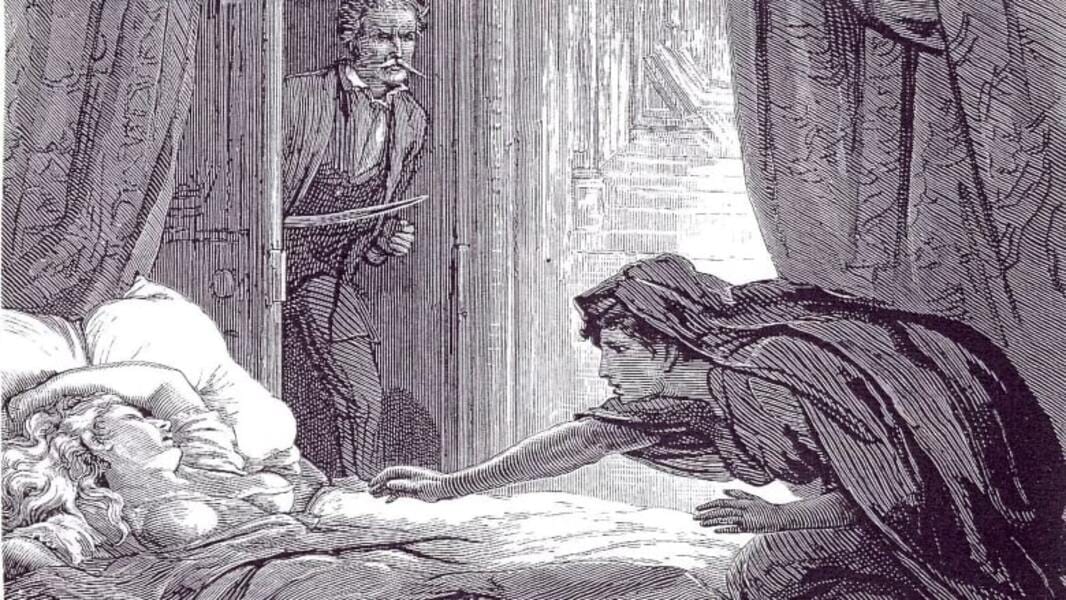
Source: Wikipedia
The fear of being buried alive also probably played a role—a common occurrence back then. It’s possible that vampiric phenomena were simply misinterpreted signs of a naturally decaying corpse, such as fluid purging from the mouth or hair continuing to grow due to the skin receding.
The Mystery Of The “Gigantic Apes”
When jungle explorers went to the world’s uncharted territories, they returned with tales of massive, hulking apes that towered over humans. For centuries, African tribes have passed down stories of these legendary creatures but dismissed them as myths or exaggerations by Western scientists because of a “lack of evidence.”

Source: sozcu.com.tr
Even popular newspapers of the time regarded these animals as “hoaxes.” It wasn’t until 1847 that the western scientific community finally caught up with reality. We now know these creatures as “gorillas.” Their existence proved that some legends have merit.
Were Sea Serpents Merely Scary-Looking Sharks?
For centuries, sailors have told tales of monstrous sea serpents with massive bodies. These enormous creatures were said to thrash through the water while their gaping jaws threatened to swallow up ships and sailors alike—think the Norse Jörmungandr and the Biblical Leviathan.
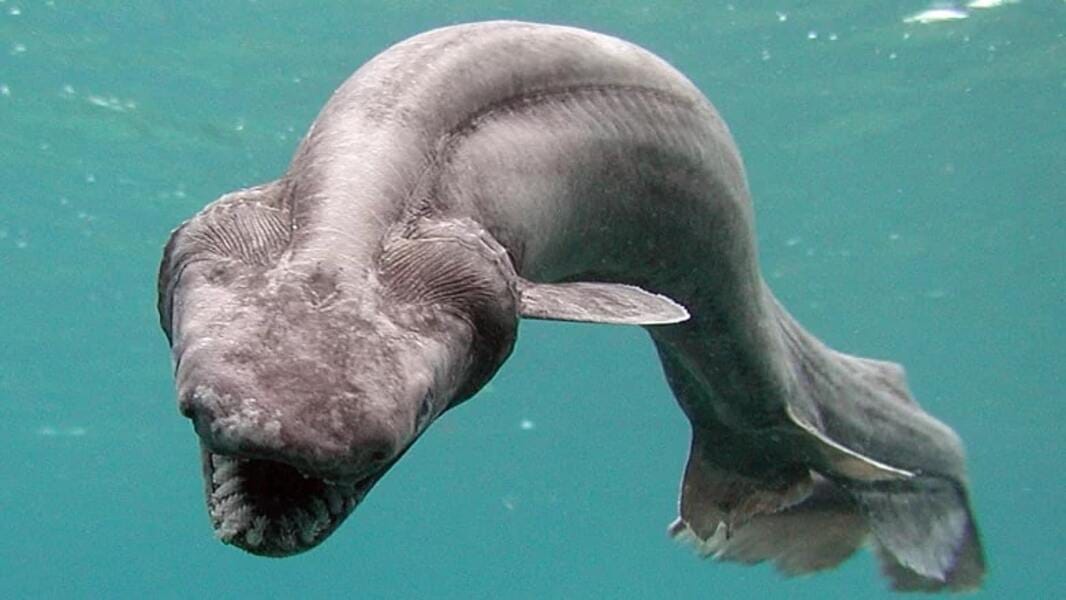
Source: Getty Images
While many believe these legends originated from misidentified eels, the truth is even more bone-chilling. Deep in the sea’s dark depths, living fossils such as the “frilled shark” and the “goblin shark” lurk, proving that these may have been the sea serpents referred to in mythology.
Did The Infamous Jersey Devil Actually Come From Hell?
The Jersey Devil, a creature with bat wings and hooves, supposedly haunted the Pine Barrens of New Jersey for almost 300 years. Legend has it that the beast was born as the 13th child of Mrs. Leeds, who cursed the child due to her being fed up with having kids.

Source: Wikipedia
A popular tale in the 20th century, sightings of the Jersey Devil are still being reported. While some believe the creature is simply a sandhill crane, others argue that it could be the hammerhead bat—puzzlingly, an animal native to Africa.
Were Japanese River Monsters Merely Giant Salamanders?
According to Japanese folklore, the kappa is a humanoid amphibian with turtle-like features. They reside in streams and rivers and are said to be mischievous and avid lovers of cucumbers and sumo wrestling. Though they sound like fun, they are known for drowning people.
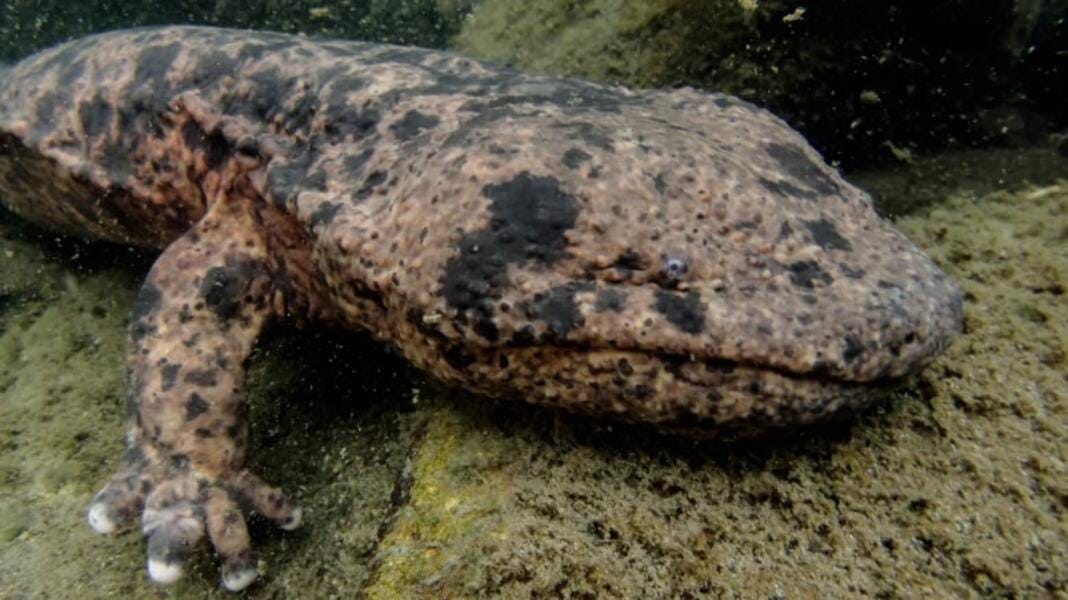
Source: infobae.com
A kappa’s flat or bowl-shaped head can hold water, but if the water spills or dries up, the creature could weaken. Kappa may have been inspired by real-life sightings of the Japanese giant salamander, a rare and endangered species protected by the Japanese government.
Were Voodoo Zombies Just People On Drugs?
Long before The Walking Dead took over our screens, there were voodoo zombies. These undead creatures were raised from the dead and made to do the bidding of voodoo practitioners. Stories of voodoo zombies date back centuries, with tales of nefarious individuals raising the recently deceased to use as puppets.
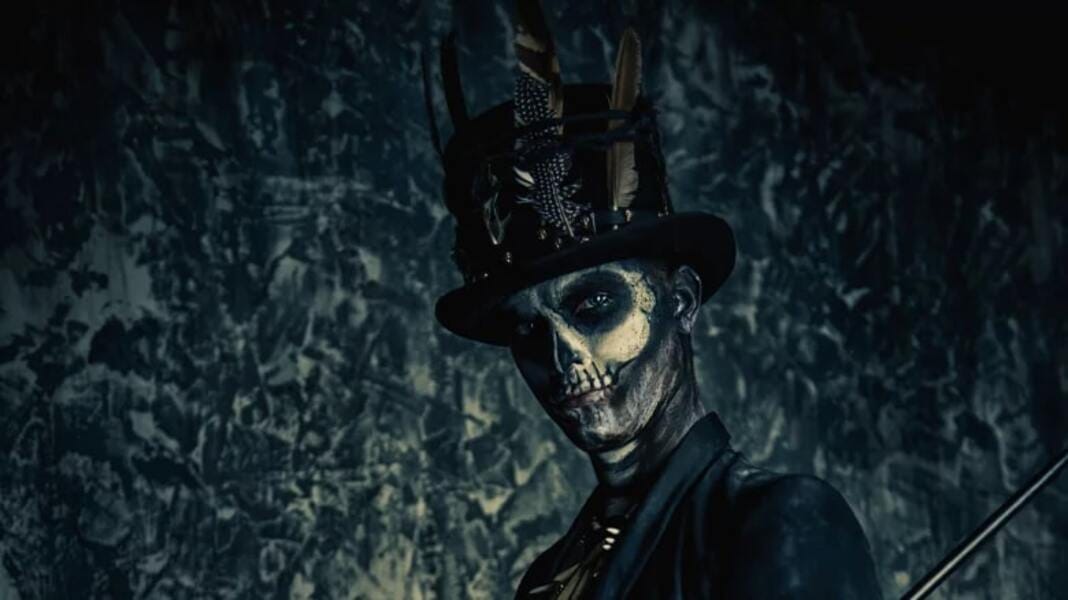
Source: apimages.com
In the 1980s, researcher Wade Davis traveled to Haiti to investigate these legends, and he discovered the truth behind the real-life zombies. They weren’t dead at all but had been paralyzed with tetrodotoxin, a toxin found in pufferfish.
Is The Wendigo Real Or A Figment Of The Imagination?
The wendigo is either a monster that eats human flesh or an evil spirit that possesses humans—either way, it can turn anyone into a cannibal. The Algonquian people in the U.S. and Canada have told stories of this being for centuries.

Source: eyeem.com
Some psychiatrists have a more scientific explanation for the wendigo phenomenon. They call it “Wendigo psychosis,” a cultural disorder that causes those afflicted to believe they are inhabited by the wendigo and crave human flesh—it’s a self-fulfilling prophecy that’ll make anyone question the power of the mind. Terrifying!
Were These Real Aliens Or Identified Flying Owls?
In the wee hours of August 21, 1955, something strange and otherworldly descended upon Hopkinsville, Kentucky. It was a bizarre encounter involving 11 eyewitnesses from the Sutton family who claimed to have seen strange, goblin-like creatures with oversized ears, bulbous heads, and long, spindly arms that almost touched the ground.
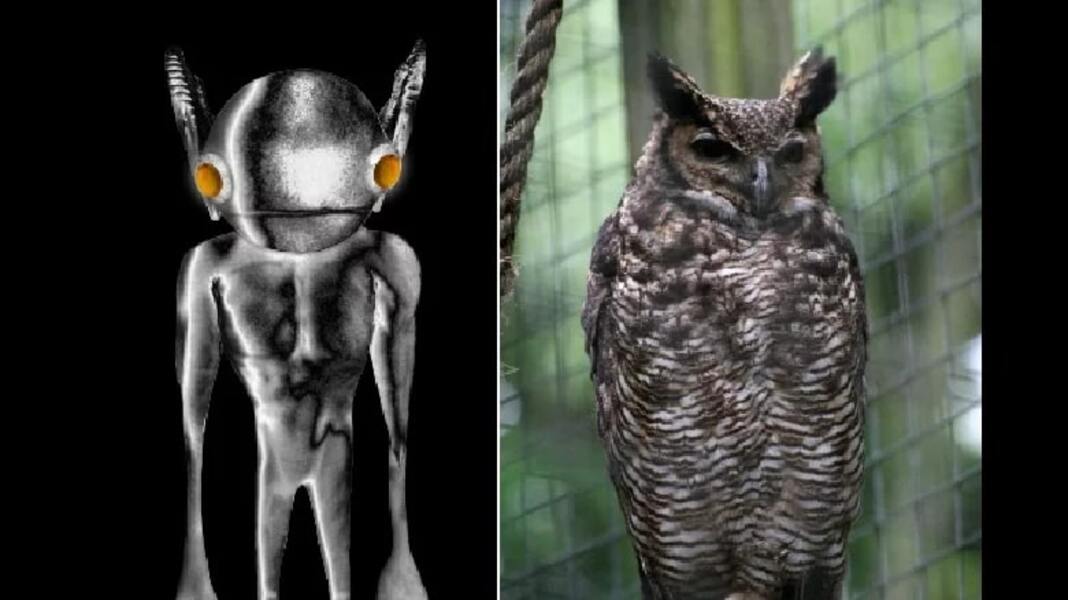
Source: Wikipedia/Wikimedia Commons
The story got even stranger when their friend, Billy Ray Taylor, described creatures as arriving in a small, metallic spacecraft. Were these little green men from another planet? According to researcher Joe Nickell, they were just great horned owls.
What Is The Origin Story Of The Cyclops?
In ancient Greek mythology, cyclopes were formidable creatures with a single eye in the middle of their forehead. They were often depicted as giants. However, historians suggest that these myths might have originated from dwarf mammoth skulls on the isle of Crete.
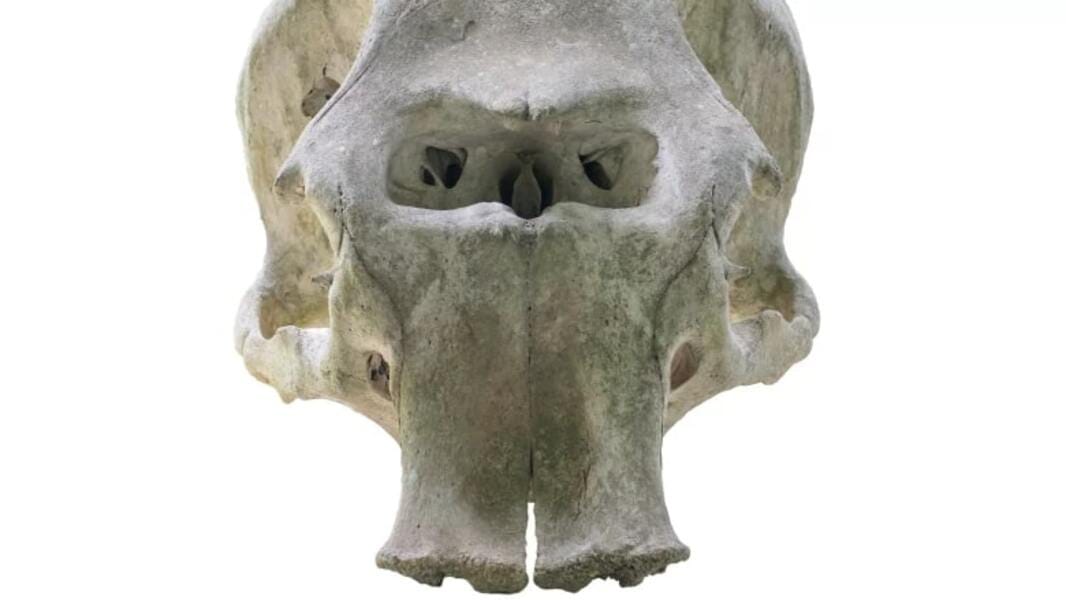
Source: depositphotos.com
These skulls have a large central socket, which is for their trunks. But to someone unfamiliar with these creatures, it might look like an oversized humanoid head with a single socket. The Greeks imagined these skulls as belonging to monstrous, one-eyed giants and created stories to explain them.
Are Giant Sharks Real?
The Mayans had a creation story about a monstrous sea creature named Cipactli that had a giant tooth. It was killed by Tezcatlipoca and Quetzalcoatl, who then made the Earth from its body. Other cultures also have their stories of massive sea creatures with oversized teeth.
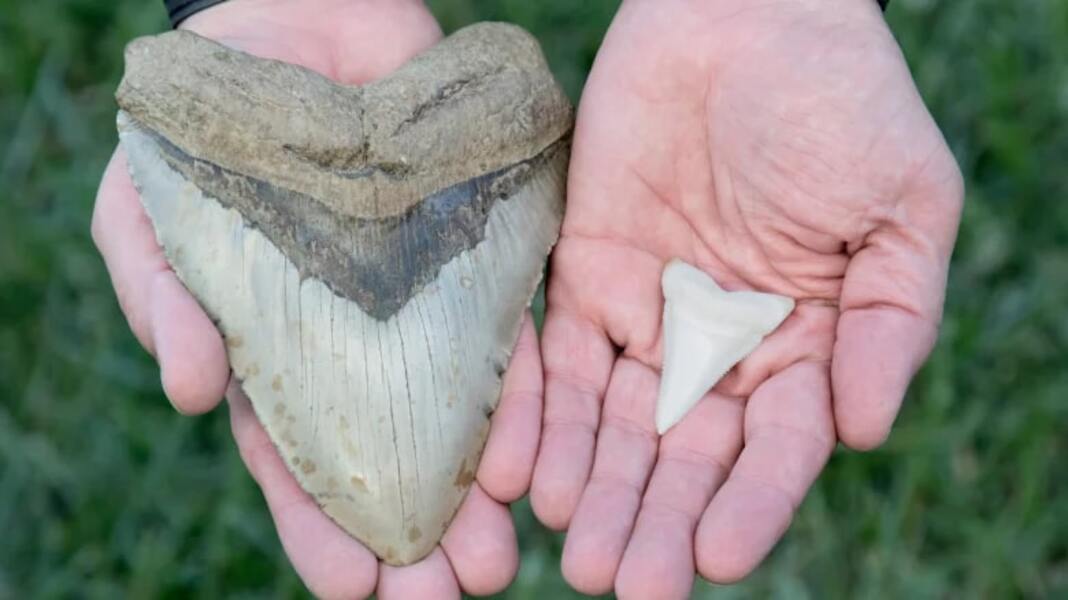
Source: blog.shoplc.com
The megalodon, the great ancestor of modern sharks, was a massive monster measuring 50 feet long. It went extinct over 2.5 million years ago. Their fossils have been found in Mayan caches, suggesting they inspired legendary sea creatures in different parts of the world.
The Mystery Of The Mongolian Death Worm
The Mongolian Death Worm, also known as olgoi-khorkhoi, is a creature that would fit right into a Dungeons & Dragons campaign. It’s described as a crimson-colored, spiky annelid that grows up to 5 feet in length and possesses both acid and electricity-based abilities.
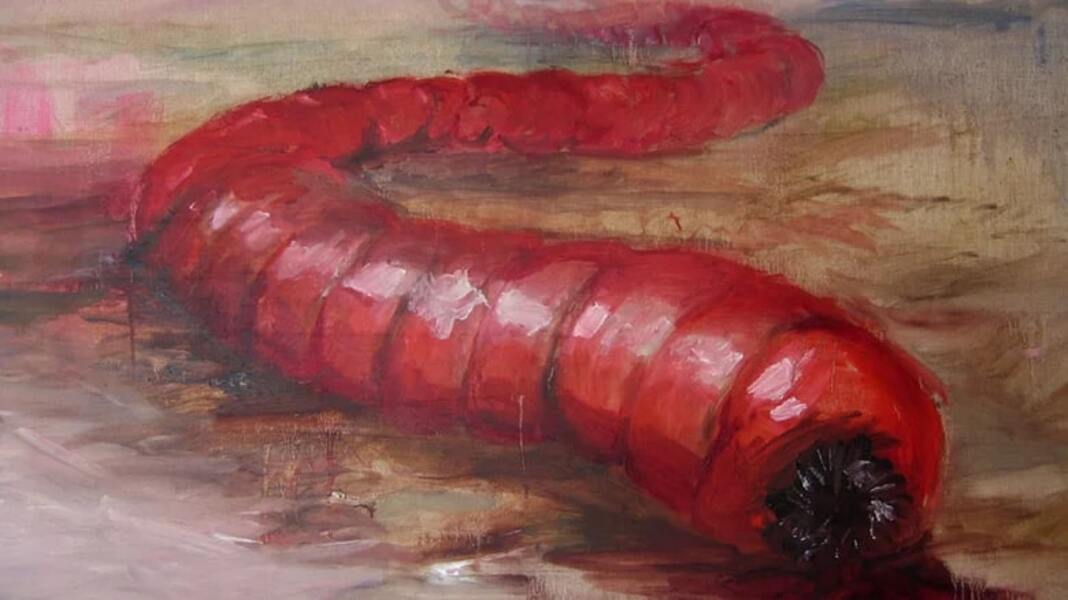
Source: Pieter Dirkx/Wikimedia Commons
However, according to a zoologist’s investigation, the creature that inspired the myth may have actually been a worm lizard—a limbless, burrowing reptile. But this doesn’t explain the supposed powers of the Death Worm. Regardless, the Mongolian Death Worm remains a fascinating and terrifying myth of the Gobi Desert.
How Frightening Was The Roc?
The myth of the mighty roc has been a source of terror, admiration, and wonder for centuries. From Arabian and Indian legends to Marco Polo’s own account of his Asian travels, this avian behemoth has been described as a winged monster with talons sharp enough to lift an elephant.

Source: Charles Maurice Detmold/Wikimedia Commons
It also had quills that measured more than nine meters. While it’s unlikely that such a creature existed, there are many potential real-world inspirations for the myth, including the extinct Haast’s eagle and the now-extinct elephant bird from Madagascar.
Was The Loch Ness Monster Ever Found?
The legend of a mysterious aquatic creature lurking in the Scottish Highlands has inspired tales and theories about its true nature. Recent research, however, suggests that the solution to the mystery may be more mundane than we thought.
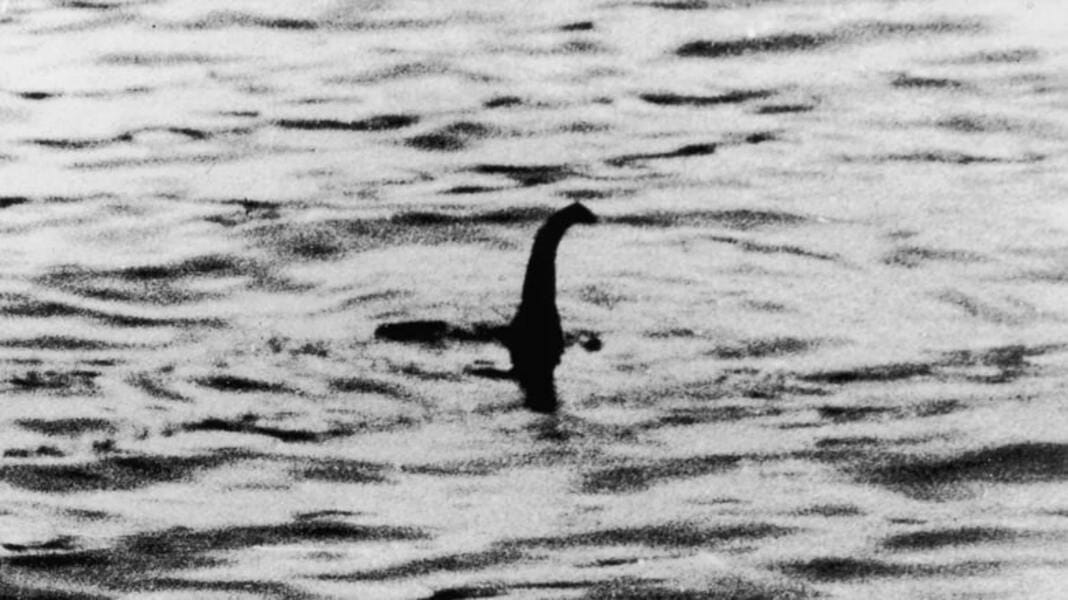
Source: Keystone/Getty Images
The monster was likely, in fact, an eel. Scientists found genetic material from European eels in Loch Ness due primarily to the creatures’ migratory habits. Additionally, the loch is not large enough to sustain an animal as large as a plesiosaur, which many believed was what Nessie was.
The Existence Of Dog-Headed Men
In the 14th century, a Moroccan explorer named Ibn Battuta encountered a peculiar sight during his travels: the Barahnakar, a tribe whose men were human except for their dog-like mouths. The concept of dog-headed men has appeared in numerous accounts throughout history.
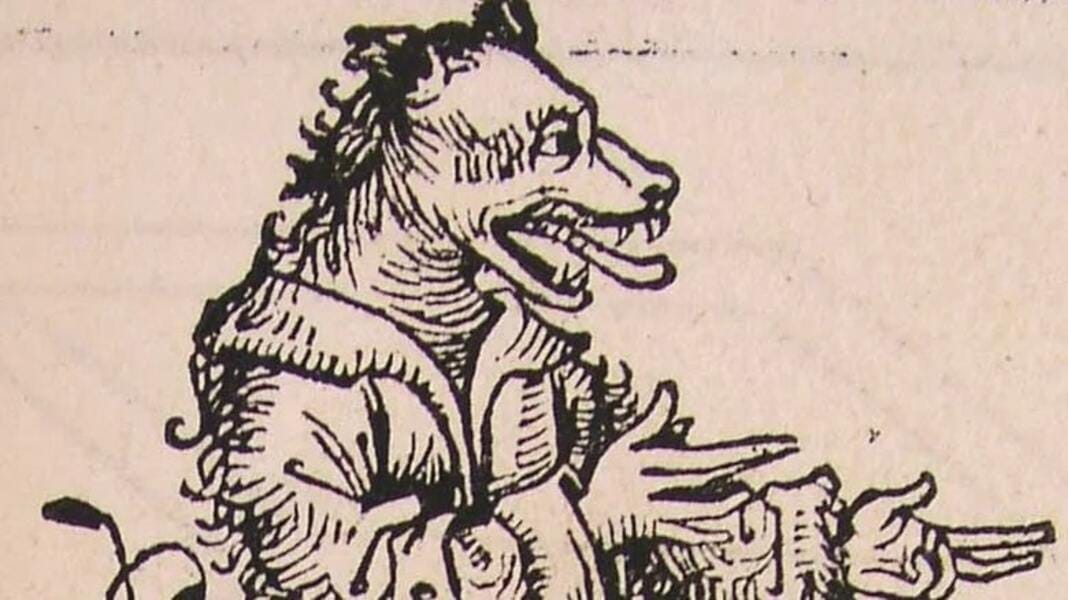
Source: Hartmann Schedel/Wikimedia Commons
The Cynocephali, a human tribe with dog-like heads, was part of Greek mythology and mentioned in various Byzantine, Greek, and Roman texts. Scientists believe that the Cynocephali myth was inspired by the yellow baboon, a primate native to eastern Africa that resembles a dog in appearance and sound.
The Possible Medical Origin Of The Shape-Shifting Aswang
The aswang is a creature of Philippine myth that looks human in daylight but transforms into a beast at night. This monster, believed to have originated from Malay culture, is said to climb people’s roofs and suck fresh baby blood using its long, thin tongue.
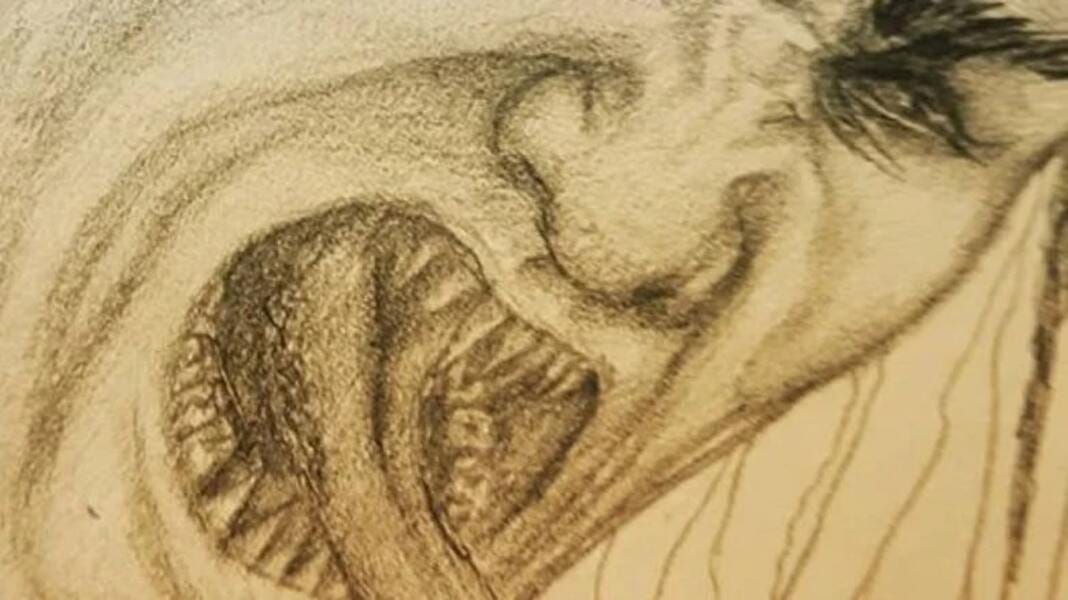
Source: Hartmann Schedel/Wikimedia Commons
Museum curator Bryan Argos suggests it was a propaganda tool used by Spanish colonizers to capitalize on natives’ fear to influence their medicinal practice. Could the aswang be related to a neurodegenerative disorder, “XDP”? Patients often form involuntary movements and contractions that can resemble possession.
Where Did The Phoenix Come From?
With its ability to cheat death, the phoenix symbolizes rebirth and renewal for many cultures. The bird is said to have the ability to rise from its own ashes as it draws its power from the sun.
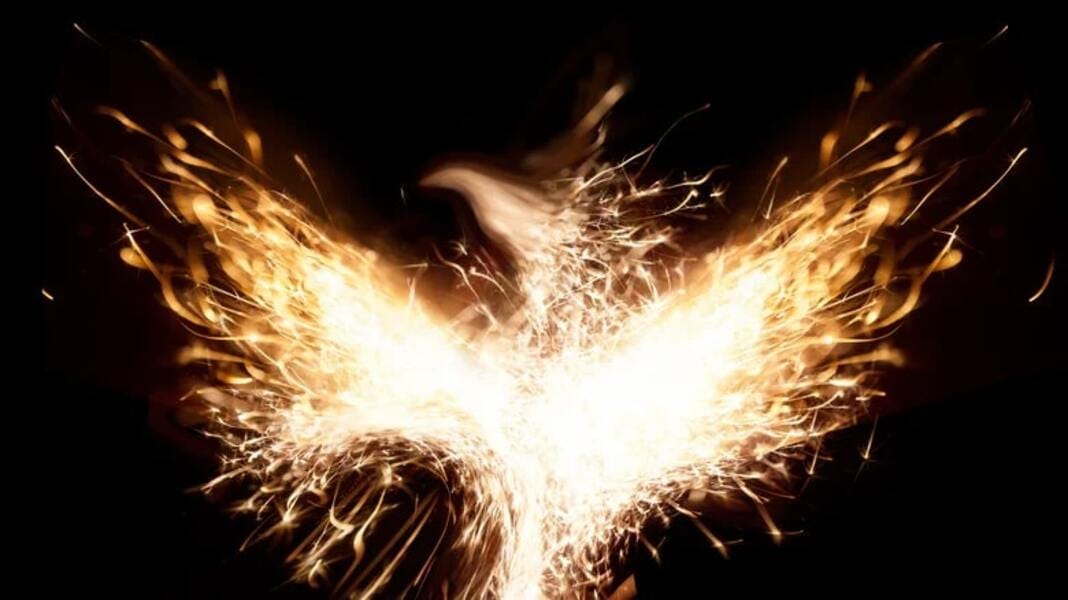
Source: blog.shoplc.com
Though often depicted as a bird on fire, its origins may be traced back to the Asian ostrich, peacock, or golden pheasant. However, the flamingo may be the closest relative to the proto-phoenix due to its unique ability to thrive in harsh conditions and build nests that appear on fire.
The True Identity Of The Mothman
The small town of Point Pleasant, West Virginia, gave birth to this chilling legend. One November night in 1966, a group of drivers claimed to have spotted a 7-foot-tall humanoid figure with giant wings and glowing red eyes: the Mothman.
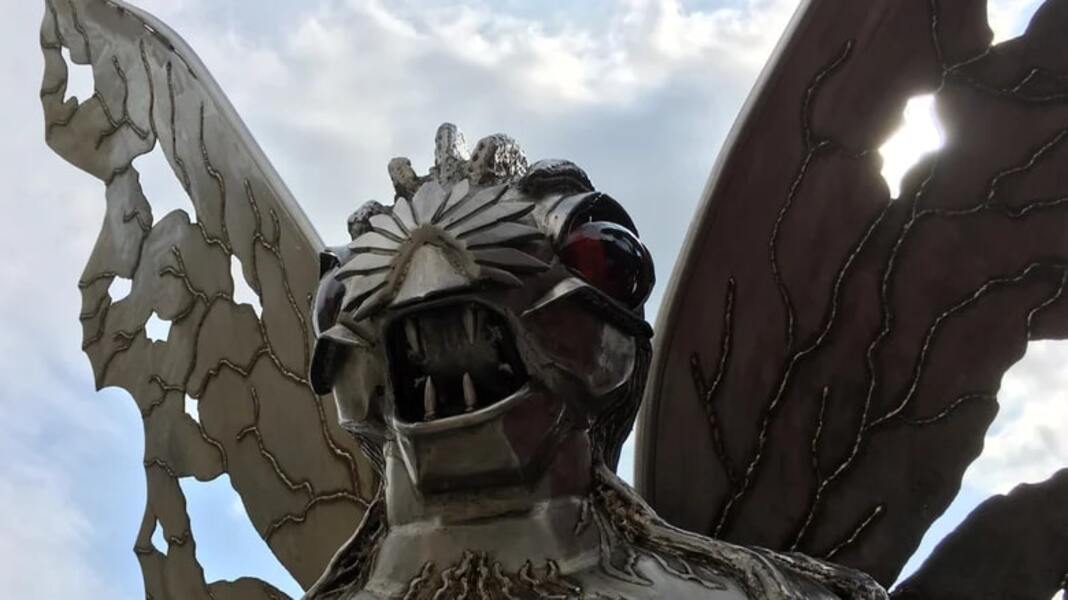
Source: ripleys.com
In the years that followed, this cryptid became associated with numerous mishaps and accidents. Theories abound, with the sandhill crane and various owl species being the top contenders for the Mothman’s true identity. Who or what is the Mothman? After all these years, the answer remains out of reach.
The Horrifying Legend Of The Ziphius
The ocean’s murky depths are infamous for harboring all sorts of monstrous myths, and the Ziphius is no exception. This cryptid sea creature is also called “the swordfish” due to its sword-like dorsal fin. It is said to have an owl’s head and a shark’s body.

Source: books.apple.com
16th-century authors depicted it as a ferocious predator covered in spikes. It hunted seals and other hapless creatures. While some scholars believe killer whales inspired the Ziphius, others point to the great white shark or even the early sighting of Cuvier’s beaked whale.
The Puzzling Myth Of The Igopogo Monster
Nestled in the heart of Ontario, Canada, lies Lake Simcoe, said to be the home of a mysterious creature with a body resembling a seal and fins and tail resembling a fish. The creature’s features sound both equine and canine.

Source: focus.it
Legend has it that it emerges during moonlit nights. It also sunbathes for extended periods and reveals itself as an air breather. Some believe it to be a giant fish, but others suspect it might be a group of synchronized swimmers such as otters or beavers.
The Blood-Curdling Banshee
Imagine you’re alone in your room at night when suddenly a piercing scream shatters the silence. With your heart pounding, you turn to look out the window. There you see, in bone-white robes, stands the banshee—a legendary harbinger of death in Irish and Scottish folklore.

Source: Chainatp/Getty Images
Unlike other monsters, this spectral woman doesn’t deal death blows directly. Instead, she appears as a warning. It is a sign that your end is near. Some believe the banshee’s origins lie in the barn owl, with its eerie screech and ghostly-white appearance.
What Was The Inspiration For The Centaur?
Whether you know them from Disney’s Hercules, Harry Potter, or countless other tales, centaurs are one of the most recognizable creatures of Greek mythology. According to the World History Encyclopedia, these half-human, half-horse beings were inspired by real-world horseback riders in the forests of Thessaly.
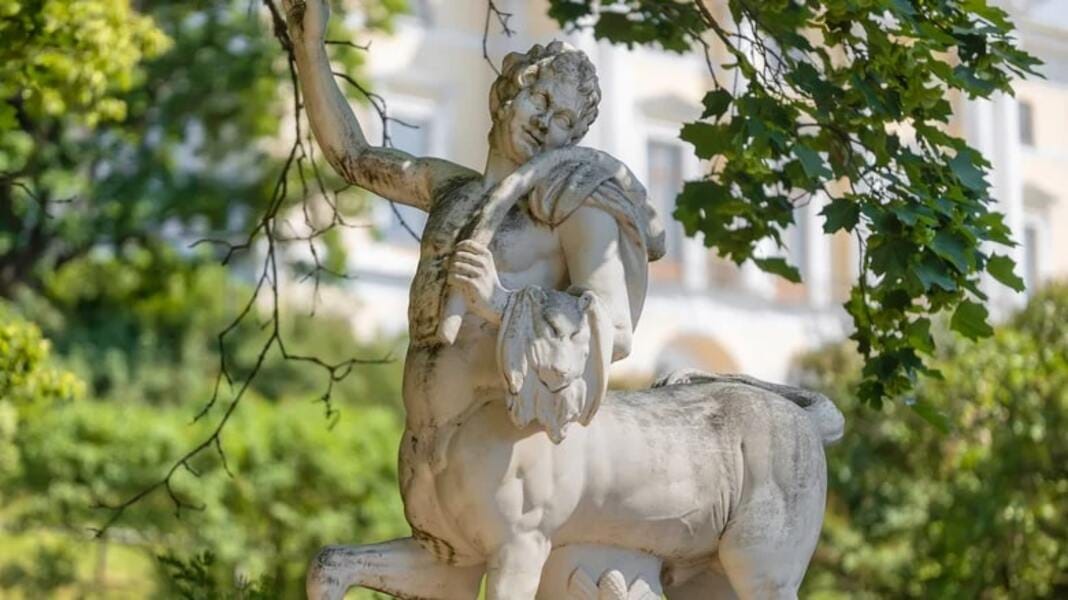
Source: blog.shoplc.com
They were apparently very skilled hunters who were so in sync with their horses that they appeared as one entity, leading to the idea of a half-man, half-horse hybrid. While often depicted as wild and untamed, centaurs were often known for their attunement to nature.
Does The Mapinguari Still Exist?
According to the legend of the Mapinguari, you will know this creature is nearby upon hearing the rumble of its footsteps and catching a whiff of its pungent, foul odor. It is a beast that many have whispered about in the Amazon for generations.
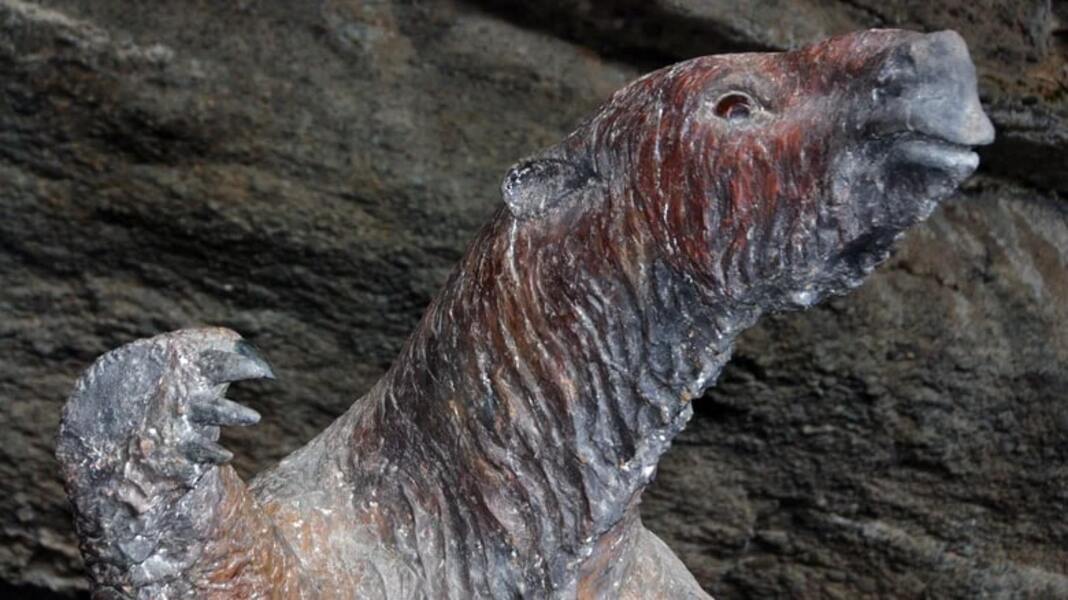
Source: blog.shoplc.com
It has a mouth in its midsection for devouring its prey. Many swear that its hide is impenetrable and can only be defeated by magic. One American biologist suggests it could be based on the last ground sloths that went extinct over 8,000 years ago.
Is The Sky-Flying Inkanyamba A Real Creature?
South African mythology speaks of an equine flying snake—the inkanyamba—believed to be the cause of catastrophic rains and floods in the region. In the summer, it emerges from its river habitat near Howick Falls to guard its territory or find a mate.
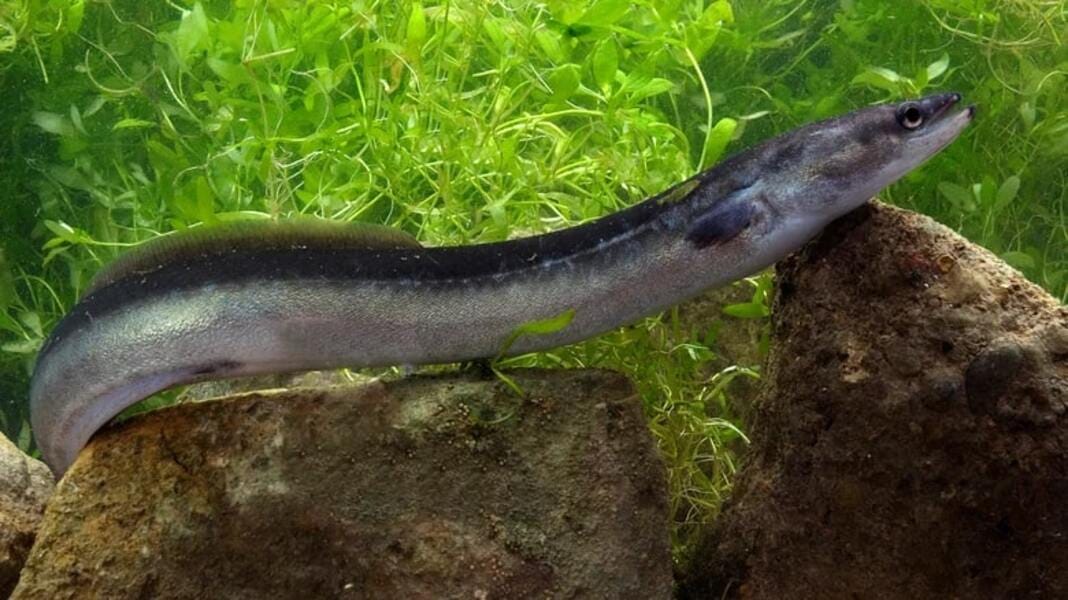
Source: independent.co.uk
An inkanyamba sometimes mistakes glistening rooftops for its watery home. When it does, it flies into a rage, creating weather-related calamities. Officials use it to discourage locals from occupying hazard-prone areas. Freshwater eels may have inspired the inkanyamba due to their similarities in morphology and habitat.
Where Did The Monstrous Smoking Kapre Come From?
The kapre is one of the Philippines’ mythical creatures. It is a towering figure that lives in large trees and has a cigar-smoking habit. Some believe that the creature’s name is derived from the Spanish term “cafre,” which was used to describe natives who were non-believers of Catholicism.
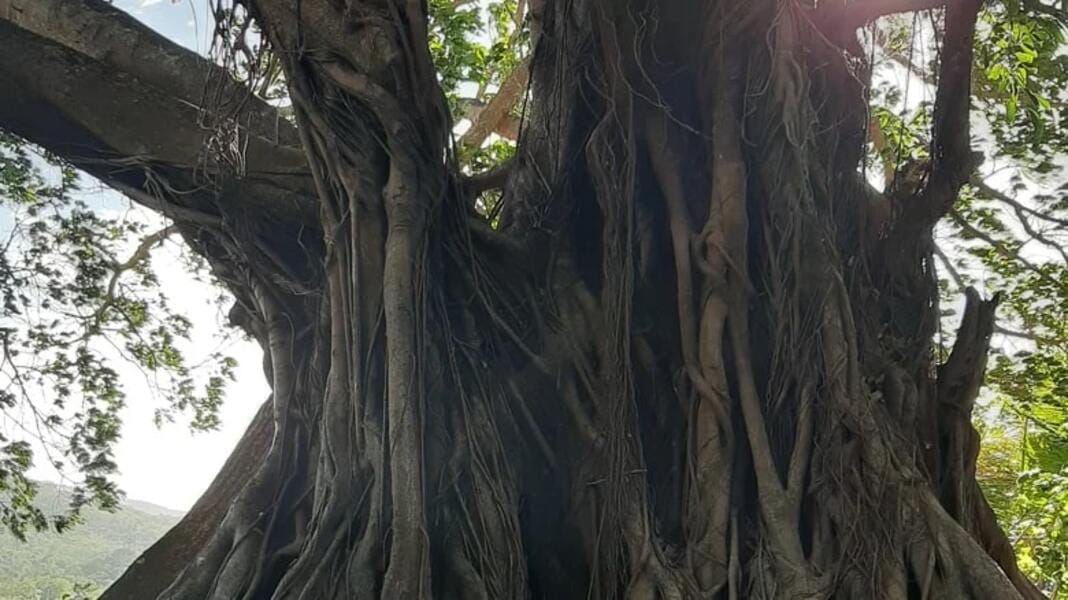
Source: independent.co.uk
Despite its reputation for vengeance, the kapre is portrayed as a passive observer in traditional Filipino myths, living in areas that have yet to be disturbed by humans. Its temper is said to flare if an intruder ever cuts down its tree.
Was The Remarkable Strength Of The Minhocao Only A Myth?
In Brazil, the minhocão is not your ordinary earthworm. Legends say it can single-handedly move streams, uproot pine trees, and turn dry land into a bottomless pit. According to Nature, the minhocão is about 50 yards long and has a protective bone shell that covers its snake-like body.
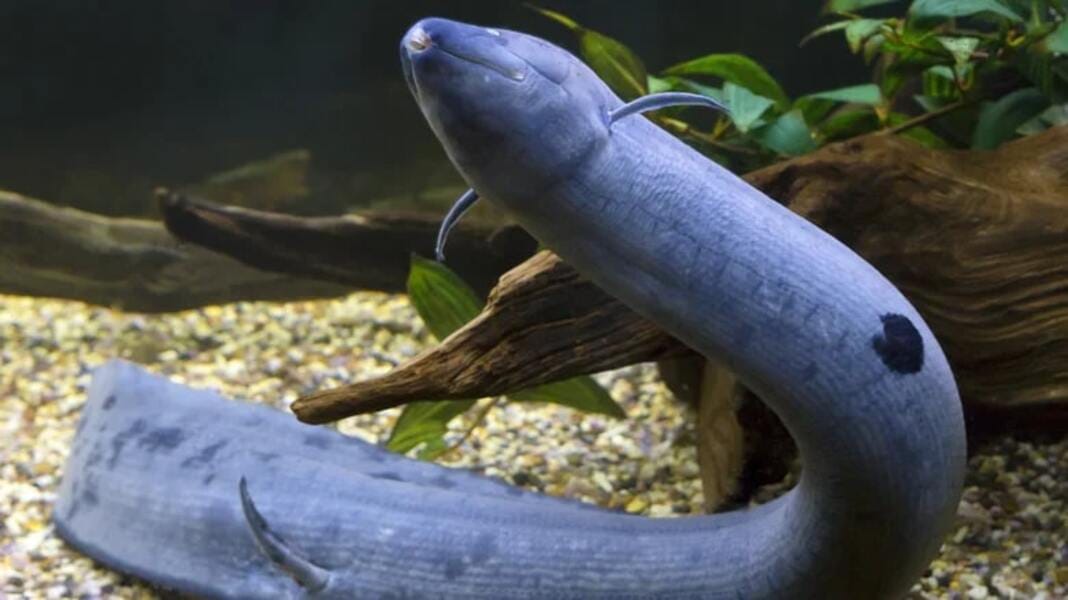
Source: news.google.com
Surprisingly, the monster’s popularity can be linked to the discovery of a new freshwater vertebrate. French explorer Auguste de Saint-Hilaire noted the similarities between the centuries-old minhocão legend and the South American lungfish, as discovered by Austrian naturalist Johann Natterer.
Is The Jackalope Long Extinct?
The mysterious Jackalope, a creature resembling a rabbit and the antlers of an antelope, has long captured the imaginations of many Americans. These elusive animals supposedly only mate during thunderstorms, and their milk is a cure-all for any ailment.

Source: Found Image Holdings/Corbis via Getty Images
The origin of this mythical creature may be found in science. The unusual growths caused by Shope papillomavirus in rabbits might be the source of the Jackalope myth. While they’re rumored to be extinct, you can still find “authentic” preserved specimens in taxidermy shops.
Was The Griffin Actually A Dinosaur?
Said to have the body of a lion and the head of an eagle, the griffin possesses powerful wings and sharp talons. The griffin’s origins can be traced back to ancient Egypt, where it was revered as a symbol of strength, wisdom, and wealth.
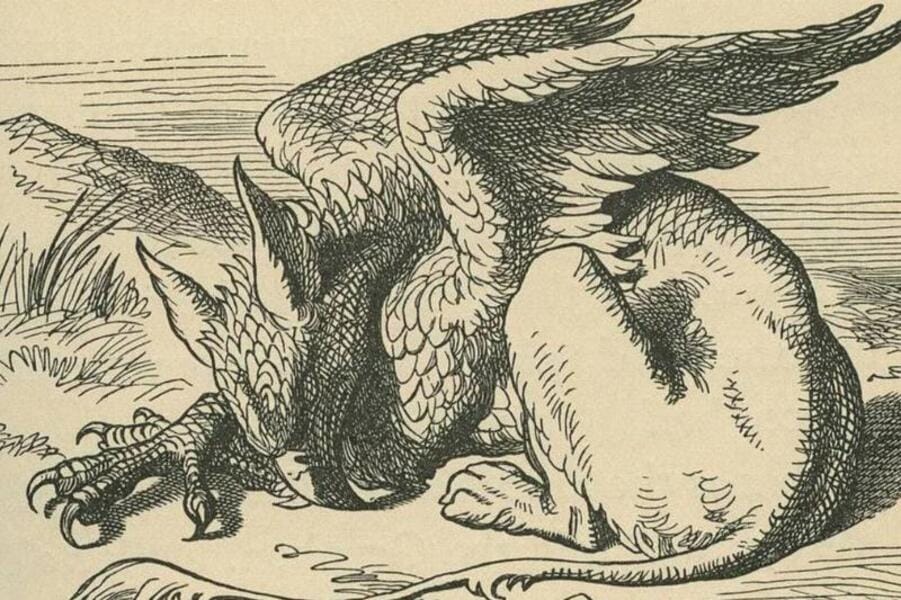
Source: Culture Club/Getty Images
According to folklore historian Adrienne Mayor, the griffin may have been inspired by the discovery of a dinosaur fossil. Ancient gold miners may have stumbled upon the protoceratops and created the image of a fearsome creature that dutifully guards its precious treasure.
Was The Kraken As Vicious As It Was Thought To Be?
Tales of the Kraken’s ferocity date back over 2,000 years. Legend states that ships have been dragged to the ocean’s depths thanks to the ferocity of this creature’s tentacles. However, marine experts speculate that it may have been based on sightings of giant squid.
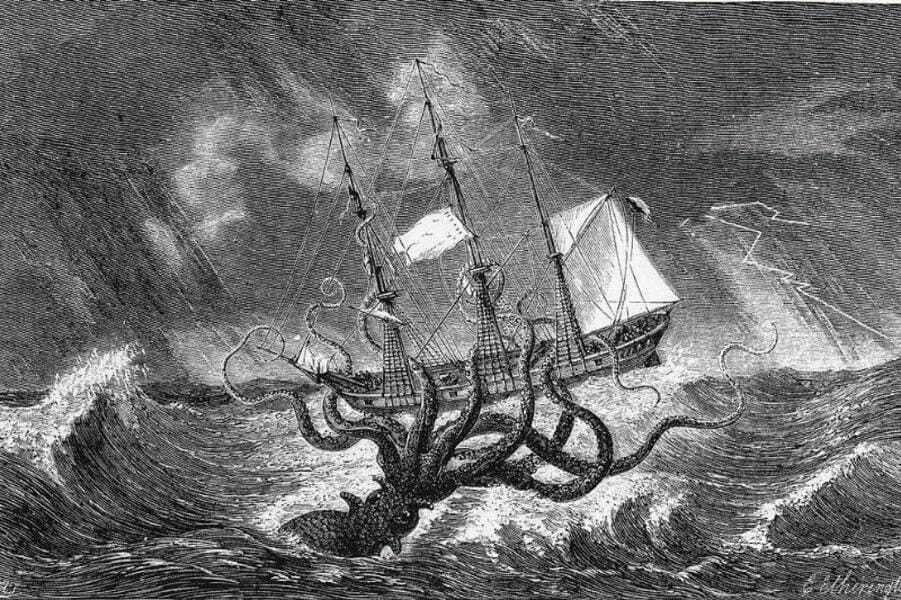
Source: Universal History Archive/Universal Images Group via Getty Images
These elusive creatures, although rare, can grow up to 30 feet long and weigh over 400 pounds. The Kraken may just be a fantastical interpretation of the awe-inspiring power and mystery of these massive cephalopods lurking deep below the ocean’s surface.
